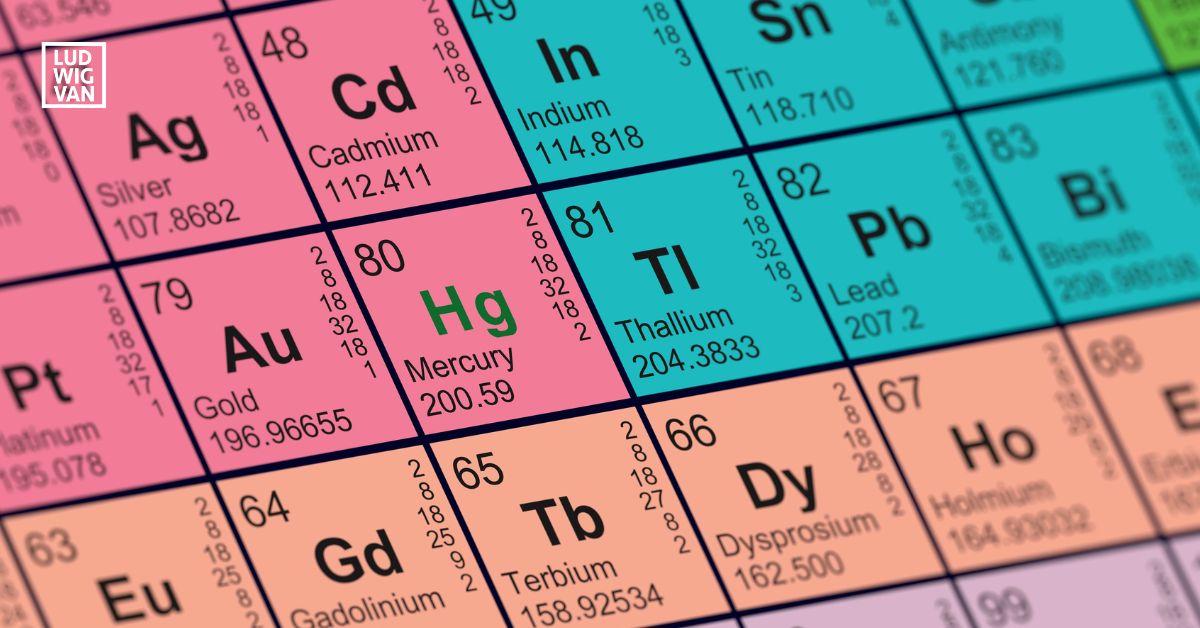
Chemistry and music may not seem like related fields, but a researcher from Indiana University has come up with a way of converting the visible light that’s given off by the chemical elements into audio signals.
- Walker Smith uses a technique called data sonification to produce the sounds. When they are heated or otherwise energized, each of the elements emits visible light in multiple wavelengths, which produce specific colours and levels of brightness. Some elements emit thousands of individual colours. The hues are determined by the amount of energy that is released by the electrons during the process.
- Walker Smith is a recent graduate, having obtained degrees in both chemistry and music composition.
A previous project involved turning molecular vibrations into musical compositions. It’s what led him to consider the spectra of the individual elements, or the light they emit when energized. He’s quoted in Chemistry World. “I was always looking for a way to turn my chemistry research into music, eventually I stumbled across the visible spectra of the elements and I just was overwhelmed by how beautiful, gorgeous and how different they all look, and I thought Wow, it would be really cool to turn these beautiful spectra, these beautiful images, into sounds.”
Converting those light waves into sound is another way of looking at the periodic table. It’s not a new idea, however previous versions were not able to capture the rich variety of sounds/colours of the element spectra.
Video courtesy of the American Chemical Society.
Smith consulted with David Clemmer, Ph.D., a professor in the chemistry department, and Chi Wang, D.M.A., a professor in the Jacobs School of Music, in coding the program that would convert the light data from each element into real-time music as a mixture of notes.
They considered the patterns of light waves, using the frequencies of each colour relative to each other. If violet light is double the frequency of red, for example, it creates an octave interval. The multiple wavelengths were compiled into a single sine wave at frequencies corresponding to the light data. The amplitude corresponds to the brightness of the colours. Scaling the light waves downwards brought them into the range of human hearing.
The sounds differ based on their complexity as well as tone. “The result is that the simpler elements, such as hydrogen and helium, sound vaguely like musical chords, but the rest have a more complex collection of sounds,” says Smith. Some include microtones, which create dissonance.
Smith presented his findings at the spring 2023 meeting of the American Chemical Society (ACS). It’s just the first step towards his eventual goal of creating a fully interactive musical periodic table.
Education is the underlying mission. A fully functional instrument will be housed as an exhibit at the WonderLab Museum of Science, Health, and Technology in Bloomington, Indiana. The interactive instrument will allow people to create their own music based on chemical elements.
Smith notes that his potential teaching method is inclusive, reaching visually impaired students, as well as those who respond to alternative learning styles.
- Sustainability and the Music Industry - February 26, 2024
- Online Content Creators Continue Trend of Choosing Classical Music - December 18, 2023
- TikTok #Classicalmusic Challenge Returns For Round 2 - July 31, 2023


